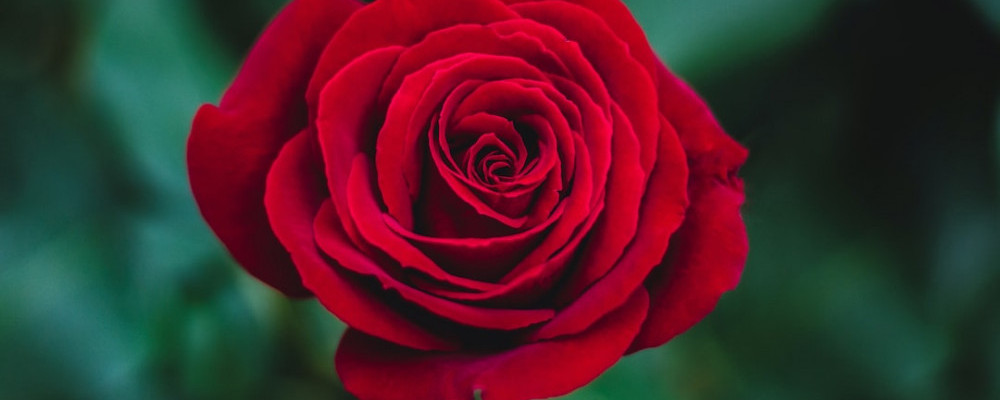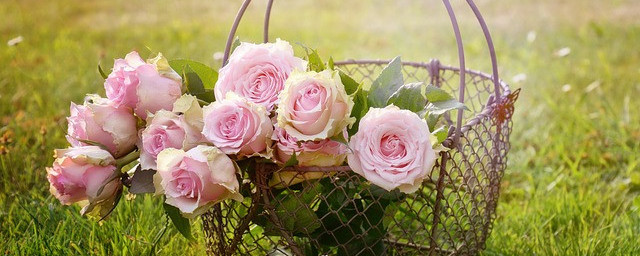Roses have long been regarded as the epitome of beauty and elegance in the world of flowers. Among the many varieties of roses, long-stem roses stand out for their exquisite appearance and versatility. Cultivating long-stem roses requires patience, proper care, and attention to detail. In this blog post, we will explore the time frame for roses to mature, the importance of pruning, suitable soil types, and the best rose varieties for long stem production. Let’s dive in and discover the secrets to love growing long stem roses!
Fully Mature for Long Stem Rose Production
Growing long-stem roses necessitates an understanding of the time frame involved in their development. On average, it takes approximately two to three years for roses to reach maturity and produce long stems. During this period, it is crucial to provide consistent care, including proper watering, fertilization, and protection from pests and diseases. While the wait may seem long, it is worth it when you witness the beauty of fully matured long-stem roses in your garden.
Types of Roses
Grandifloras: Grandiflora roses are a cross between hybrid teas and floribundas. They exhibit characteristics of both types, featuring large individual blooms and clusters of flowers. Grandifloras are versatile in their uses, suitable for both garden planting and cut flower arrangements. They offer a combination of beauty and abundance.
Climbing Roses: Climbing roses are characterized by their long, flexible canes that can be trained to grow along trellises, fences, or walls. They add vertical interest to a garden and can create stunning displays when in full bloom. Climbing roses come in a variety of colors and are often fragrant, making them a popular choice for adding height and drama to outdoor spaces.
Shrub Roses: Shrub roses encompass a wide range of rose varieties, including old garden roses and modern shrub roses. They are known for their hardiness, disease resistance, and ability to thrive with minimal care. Shrub roses come in various sizes, colors, and forms, offering versatility in landscape design. They are valued for their resilience and ability to adapt to different growing conditions.

Antique Roses: Antique roses, also known as old garden roses, refer to rose varieties that were cultivated before the introduction of modern hybrid roses. They are often prized for their historical significance, fragrance, and unique flower forms. Antique roses encompass a diverse range of types, including gallicas, damasks, and albas. These roses add a touch of nostalgia and charm to gardens, evoking a sense of the past.

Pruning for Optimal Growth
Pruning plays a vital role in the growth and development of long-stem roses. Regular pruning helps maintain a healthy plant structure, encourages robust growth, and enhances long stem production. Here are some essential pruning tips:
1. Timing: Prune your roses during late winter or early spring, before the new growth begins.
2. Tools: Use sharp and clean pruning shears to make clean cuts without damaging the plant. Disinfecting the tools between cuts helps prevent the spread of diseases.
3. Technique: Start by removing dead or damaged wood, crossing branches, and weak shoots. Maintain an open center by cutting back one-third of the plant’s height, leaving outward-facing buds.
4. Continued Maintenance: Throughout the growing season, regularly remove spent blooms to encourage continuous flowering.

Soil Type and Preparation
Choosing the right soil type and ensuring proper preparation are crucial for the successful cultivation of long-stem roses. Here are some key factors to consider:
1. Well-Drained Soil: Long-stem roses thrive in well-drained soil with a pH level between 6.0 and 6.5. Sandy loam soil, enriched with organic matter, is ideal for their growth.
2. Soil Preparation: Before planting, prepare the soil by removing weeds, rocks, and debris. Incorporate organic matter, such as compost or well-rotted manure, to improve soil structure, drainage, and fertility.
3. Mulching: Apply a layer of organic mulch around the base of the rose plant to conserve moisture, control weed growth, and regulate soil temperature.
4. Watering: Long-stem roses require regular and deep watering, ensuring the soil remains moist but not waterlogged. Avoid overhead watering to prevent fungal diseases.
Best Rose Varieties for Long Stem Production
Certain rose varieties are particularly renowned for their long-stem production. Here are three popular choices:

1. ‘Mister Lincoln’: This classic hybrid tea rose cultivar boasts long, sturdy stems and large, deep red blooms with a captivating fragrance.
2. ‘Double Delight’: With its creamy white and vibrant red petals, ‘Double Delight’ is a hybrid tea rose that produces long stems and captivating, fragrant flowers.
3. ‘Ingrid Bergman’: This hybrid tea rose variety features long, straight stems and deep red, velvety blooms that exude a rich fragrance.
Conclusion
Growing long-stem roses requires dedication, patience, and a love for nurturing beautiful blooms. By understanding the time frame for maturity, the importance of pruning, the suitable soil types, and the best rose varieties, you can create a garden filled with stunning, long-stemmed roses. With proper care and attention, your roses will reward you with an abundance of elegant blooms that can be used for floral arrangements, special occasions, or simply enjoyed for their sheer beauty. Happy gardening!





To successfully produce long-stem roses, during planting soil composition is crucial.
Well-draining soil with a mix of loam and organic matter promotes nutrient retention, proper aeration, and robust root development.
Pruning is vital in maintaining shape, improving air circulation, and stimulating new growth. It’s best to prune during late winter or early spring, using sharp and clean pruning shears and removing dead or weak stems.
Effective pest management is essential to protect long stem roses without harming the flowers. Integrated Pest Management (IPM) combines preventive measures, beneficial insects, and targeted treatments.
Beneficial insects like ladybugs and lacewings can be introduced to prey on harmful pests. Regular inspections and isolation of affected plants prevent pest spread. We apply neem oil to control pests while being gentle on flowers.
We enjoy having long-stem roses with healthy and vibrant flowers. We never forget them, even if they are outside. We visit the garden almost every day in summer and spring. In winter, we use a telescope to watch them from inside through our window.
Very good points and very true. Producing long stem roses is a skill that requires constant practice. But the rewards are, you will agree, so very great.
Your message is wonderful in capturing the pleasure of growing longstem roses. It is incredibly helpful to have accurate information on their maturation period, care and pruning process. You’ve really made me look at the various varieties of roses, ranging from grandifloras to old roses. It’s clear from your writing that you appreciate the beauty of these blooms. Your message is an educational guide that celebrates the art and joy of caring for longstemmed roses.
Hi and thank for sharing
To grow long-stem roses, ensure well-draining soil with a mix of loam and organic matter. Pruning during the late winter or early spring is crucial for maintaining shape and stimulating growth. Effective pest management, including Integrated Pest Management (IPM), combines preventive measures, beneficial insects, and targeted treatments. Regular inspections and isolation of affected plants prevent pest spread. Enjoy healthy, vibrant long-stem roses.
As much as I love roses, I do not have any growing at my place. I do not know how to grow anything, but I admire others who have success growing flowers and roses.
Elke